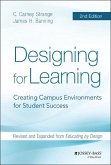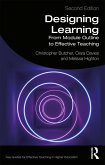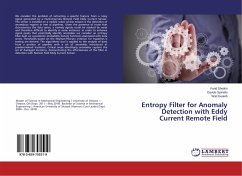Cigarette smoking causes serious diseases through frequent and prolonged exposure to toxicants. Technologies are being developed to reduce smokers' toxicant exposure, including filter adsorbents, tobacco treatments and substitutes. This book covers examination of the effect of modifications to filter ventilation, and active charcoal filter length and loading, as well as use of porous substances and chemical reactions, on the yields of toxicants in cigarette smoke. Earlier, an air-dilution mechanism, called split-tipping, was developed in which a band of porous paper in the Centre of the filter tipping functions to minimize the mainstream effects of smoke and to facilitate the diffusional loss of volatile toxicants. Tis book is mainly focusing on reducing the passive smoke stream effects by adopting simple means that will prove beneficial and facilitate in both design and manufacturing the filter unit. This will not only filter the air but also neutralize and reduce the harmful effects of toxic acidic constituents present in passive smoke. Certain smoking cabins can be provided for smokers and this filter can be used there particularly to isolate nonsmoking people from harmful effects of passive smoke.







